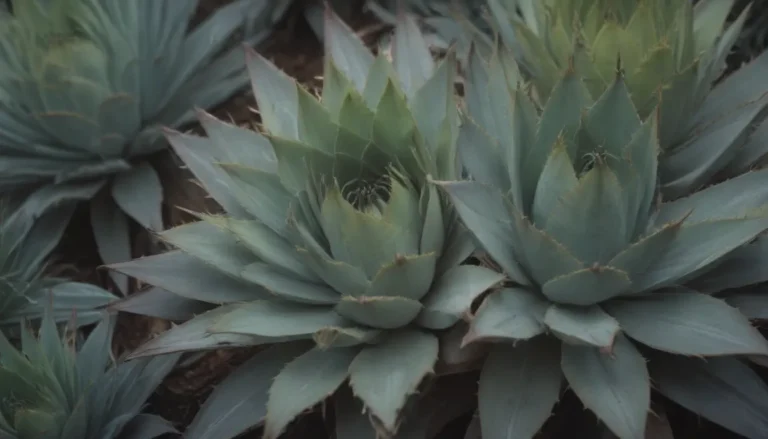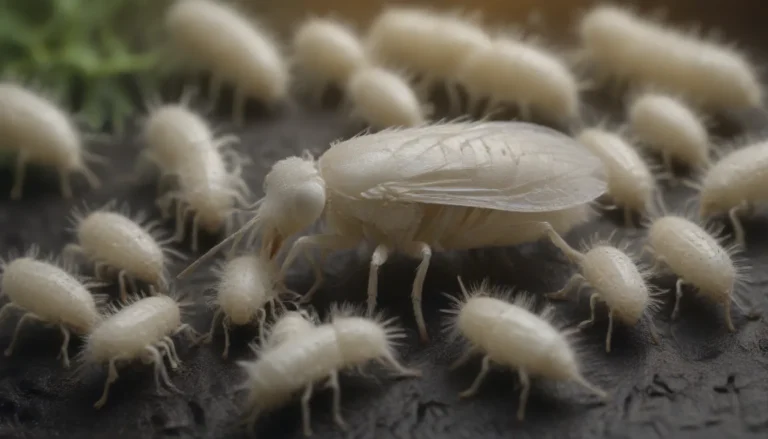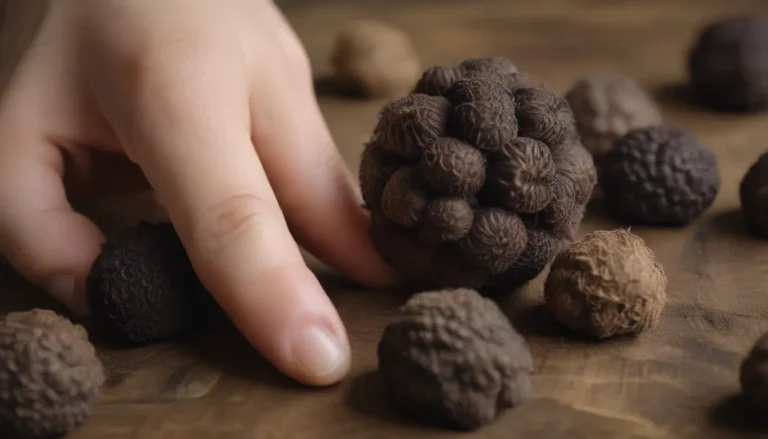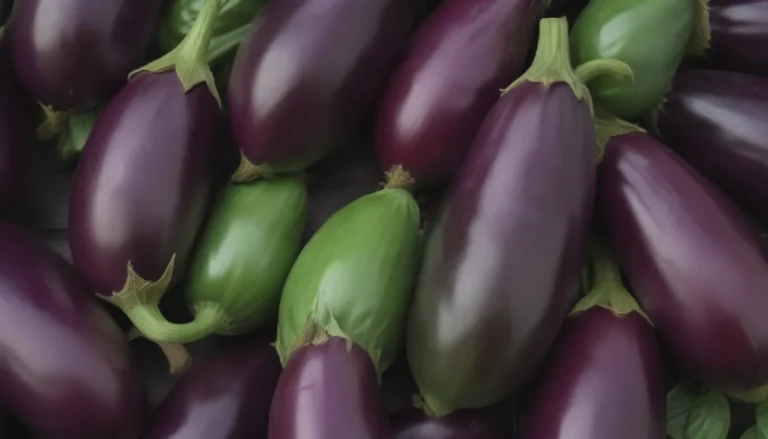How to Start Your Own Fruit Garden: 9 Amazing Ideas to Trade for Store Bought
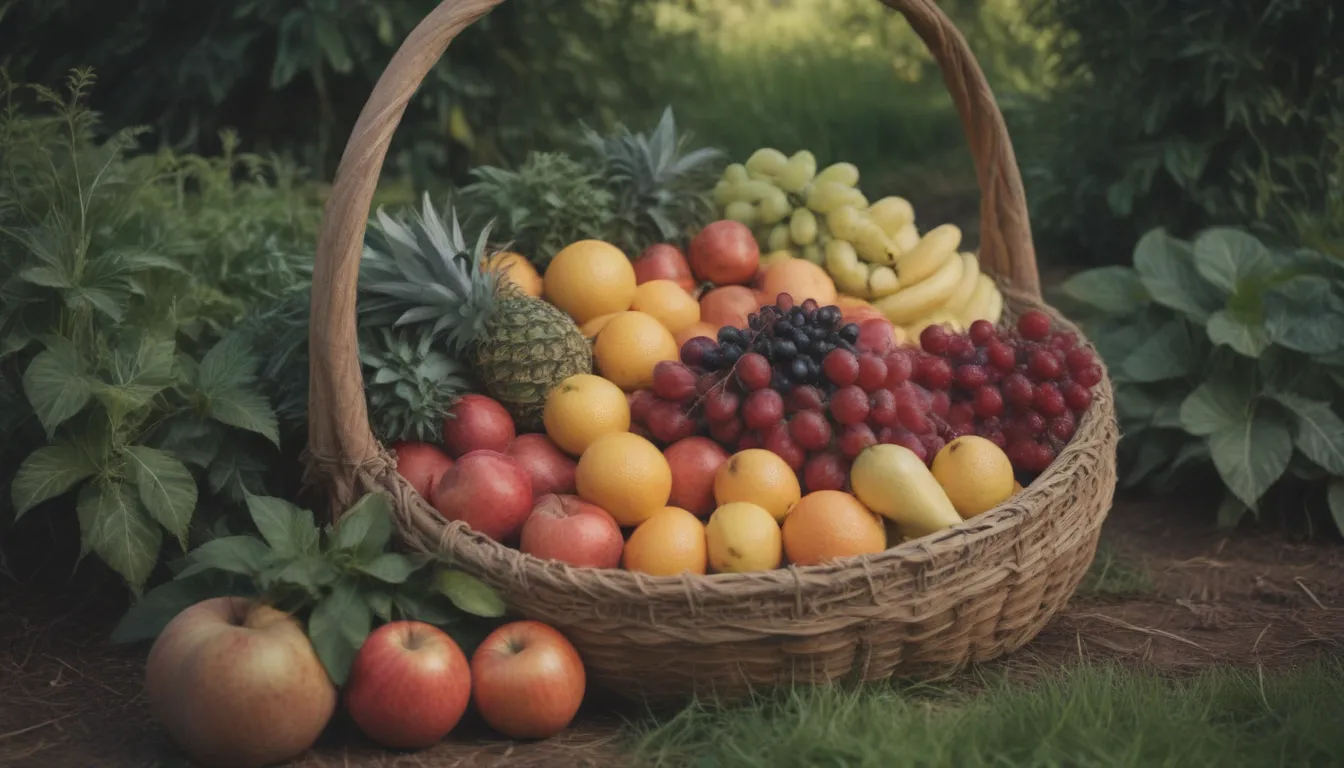
Do you dream of stepping into your backyard and plucking a fresh, juicy peach or a handful of ripe strawberries straight from your own fruit garden? Many people hesitate to start growing fruit in their own backyard, fearing they lack the experience or space. But fear not! With the right information and a little bit of planning, you can successfully grow your own delicious fruits, regardless of your gardening experience or the size of your space.
Before you dive into planting your fruit garden, there are a few key things to consider. Think about which fruits thrive in your climate, how to pair compatible fruits together, and where to place them in your garden for optimal growth. The ideal time to plant your fruit garden will depend on factors like your location, the variety of fruit you’re growing, and whether you’re starting from bare-root plants or container-grown specimens. Fruit trees and shrubs can live for many years if they receive the right amount of sunlight, soil, and air circulation.
In this article, we’ll explore nine of the best types of fruit to grow in your own backyard orchard. Whether you’re a beginner looking to dip your toes into fruit gardening or a seasoned gardener ready to expand your orchard, there’s something here for everyone. Let’s get started!
Blueberries (Vaccinium spp.)
Blueberries are an excellent choice for beginners looking to grow fruit in their backyard. These attractive shrubs offer something for every season with their pretty white spring flowers, summer fruit, and stunning red fall foliage. To ensure a bountiful harvest, it’s best to plant two varieties of blueberries for good pollination.
- USDA Growing Zones: Varies by variety
- Sun Exposure: Full sun to part shade
- Soil Needs: Acidic soil
- Best Planting Time: Spring or fall
In colder climates, opt for highbush blueberries like the ‘Bluecrop’ cultivar. In milder regions, choose either rabbiteye or southern highbush varieties. You can also grow blueberries in containers, just make sure to protect them with netting once the fruit starts to appear.
Strawberries (Fragaria x ananassa)
Freshly picked strawberries are a delight that’s worth the minimal effort it takes to grow them. Choose from three types: June bearing, everbearing, or day-neutral, depending on your preferences. For maximum yield, plant strawberries in spring in cooler zones and in fall in warmer regions. To encourage healthy growth, limit the number of runners and prune the plants regularly.
- USDA Growing Zones: Varies by variety
- Sun Exposure: Full sun
- Soil Needs: Well-draining soil
- Best Planting Time: Spring or fall
Regular pruning and rotation of strawberry plants are essential for maintaining their productivity. Consider replacing or rejuvenating your strawberry plants every three to five years for optimal results.
Raspberries and Blackberries (Rubus spp.)
Raspberries and blackberries are classic favorites in backyard fruit gardens. While older varieties require more maintenance, newer thornless cultivars are much easier to care for. Plant a mix of early, mid-season, and late-season varieties to extend your harvest window.
- USDA Growing Zones: Varies by variety
- Sun Exposure: Full sun
- Soil Needs: Well-draining soil
- Color Variations: Red, black, purple
Whether you plant bare-root specimens or container-grown plants, late spring is the ideal time to start your raspberry and blackberry patch. Annual pruning is necessary to promote airflow and prevent disease in these fruitful shrubs.
Grapes (Vitis labrusca ‘Concord’)
Grapes are a rewarding addition to any fruit garden, offering fresh fruit and potential for winemaking. While grapevines are relatively easy to grow, they require a trellis or support structure for optimal growth. Check with your local extension office for recommendations on grape varieties best suited to your area.
- USDA Growing Zones: Varies by variety
- Sun Exposure: Full sun
- Soil Needs: Well-draining soil
- Color Variations: Red, green, black
Plant grapes in spring when the soil is workable, and ensure they receive ample sunlight and good air circulation to prevent disease. Consider the intended use of the grapes—whether for eating or winemaking—when selecting the best varieties for your garden.
Apples (Malus pumila)
Apples are a popular choice for home gardens, but they require some effort to grow successfully. Regular pruning, pest control, and disease management are essential for healthy apple trees. Plant apple trees in early spring in northern regions and in fall in southern areas for best results.
- USDA Growing Zones: Varies by variety
- Sun Exposure: Full sun
- Soil Needs: Well-draining soil
- Color Variations: Red, green, yellow
To maximize fruit production, choose two different apple tree varieties for cross-pollination. Consider dwarf or columnar apple trees for smaller spaces or container gardening.
Cherries (Prunus avium)
Cherries are a low-maintenance fruit tree that rewards gardeners with sweet, juicy fruit. Plant sweet cherry trees in spring and ensure they receive adequate water, especially during hot weather. Prune cherry trees in winter while they are dormant to maintain optimal shape and health.
- USDA Growing Zones: Varies by variety
- Sun Exposure: Full sun
- Soil Needs: Well-draining soil
Consider planting a tree with two different cherry varieties grafted onto it to ensure cross-pollination. Alternatively, opt for sour baking cherries that require only one tree for fruit production.
Peaches (Prunus persica)
Peach trees are a sweet addition to any fruit garden, offering fragrant blossoms and delicious fruit. Plant peach trees in late winter or early spring while they are dormant and ensure they receive regular pruning to maintain productivity. Thinning young trees encourages larger fruit production.
- USDA Growing Zones: Varies by variety
- Sun Exposure: Full sun
- Soil Needs: Well-draining soil
Prune peach trees in an open V shape to allow sunlight and air circulation throughout the tree. Thinning branches and fruit clusters promotes healthier growth and reduces disease risk.
Figs (Ficus carica)
Fig trees are easy to grow and maintain, making them a great option for beginner fruit gardeners. Plant fig trees in early spring or late fall during their dormancy period for best results. Consider container gardening for fig trees, as they can be moved indoors during winter in colder regions.
- USDA Growing Zones: Varies by variety
- Sun Exposure: Full sun
- Soil Needs: Well-draining soil
Look for hardy fig tree cultivars that are suitable for your growing zone, and maintain consistent watering to encourage fruit production. Consider keeping fig trees in smaller containers for easier movability and management.
Melons (Citrullus lanatus)
Melons are a delicious addition to any fruit garden, offering sweet and refreshing fruit during the warmer months. Plant melons in spring after the danger of frost has passed and ensure they receive ample sunlight and regular watering. Consider growing melons on trellises for efficient space utilization.
- USDA Growing Zones: Varies by variety
- Sun Exposure: Full sun
- Soil Needs: Well-draining soil
- Color Variation: Varied
Melons require warm weather and sufficient space for vine growth. Regular watering during the growing season is essential for healthy fruit development. Choose varieties suited to your climate and space constraints for optimal results.
Quick Tips for Starting Your Own Fruit Garden:
- Use a free garden planner to organize the layout of your orchard.
- Consider container gardening for fruit trees in smaller spaces.
- Opt for dwarf or mini fruit tree varieties for easier care.
- Prune and thin fruit trees regularly to promote healthy growth and fruit production.
- Rotate fruit plantings and rejuvenate plants every few years for optimal yield.
In conclusion, growing your own fruit in a home garden is a rewarding experience that offers fresh, flavorful produce right at your doorstep. Whether you’re a novice gardener or an experienced cultivator, there are many fruit varieties suitable for every skill level and space constraint. With proper planning, care, and maintenance, you can enjoy a bountiful harvest of delicious fruits from your own backyard orchard. So, why wait? Start planning your fruit garden today and reap the sweet rewards of your labor in no time!
